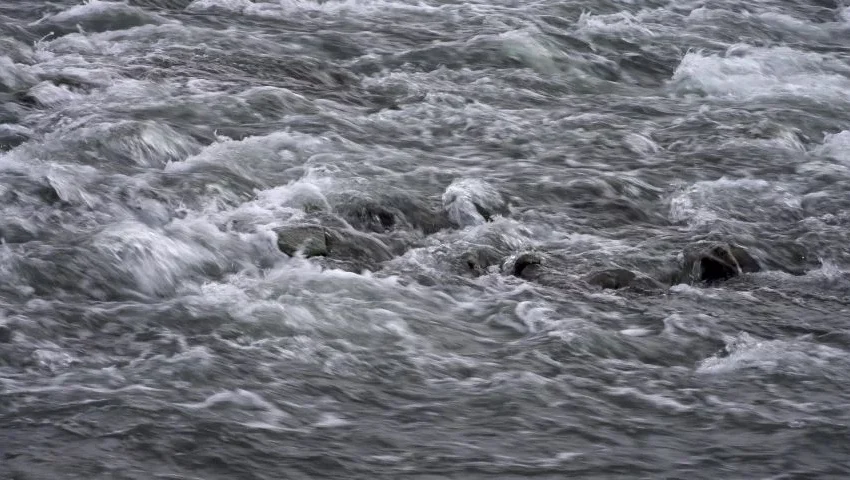
Contingency planning: An emphasis on learning-into-the-future, demonstrated in the priorities and behavior of a learning-oriented leader, provides the foundation for the way in which we plan for changes in one or more of the four whitewater systems. We look ahead to the bend in the river and consider how we can best prepare for the unknowns to come. The multiple modes of learning that Peter Vaill has introduced must be accompanied by a commitment to agile processes of planning. Alternative plans (contingencies) must be generated that take into account multiple future conditions that might be confronted on the journey down a whitewater river.
Some of the contingency plans should begin with the assumption that conditions “down-river” are likely to resemble those conditions that are now operating, while other plans should be based on the assumption that conditions will be quite different. In some cases, these conditions will be quite favorable to our navigation of the river, while other conditions to be consider pose a major challenge (they are brand new, highly stressful or impacted by external factors over which we have no control). Typically, at least five contingency plans should be generated at any one time: (1) conditions similar to present time, (2) slightly different but favorable conditions, (3) quite different but favorable conditions, (4) slightly different conditions that are unfavorable, and (5) quite different conditions that are unfavorable.
Contingency planning requires the accompanying engagement of Polystatic processes. Repeated testing, operating, (re)testing and exiting of analyses (T.O.T.E.) regarding the four operating subsystems are required. Baselines must be adjusted, predictions changed, and plans altered. While these alterations might require the creation of entirely new plans, they are more likely to require that we identify (and perhaps adjust) one of the contingency plans that have already been generated. We can, after all, learn from the past (especially plans that have worked in the past), while acknowledging that the future is likely to differ from the past. We appreciate the past while leaning and learning into the future. These are essential features of any Polystatic process that is to be successfully engaged when navigating a whitewater environment.
Conclusions
When identifying and acting upon that which is Essential, we look for leverage points. We seek to identify those elements in a system that enable the success of other elements. In other words, we view the world as an integrated system with each part of the system interwoven with all of the other parts. When considering that which is Essential, we also pause to gain a clear perspective regarding the world in which we are operating. How do we choose to frame this world and the outcome we desire. Do we view our world and desired outcomes from a distance or up close—from today or from next year. Is the Essential outcome to be considered as a challenging number or as a compelling narrative?
The systems thinking and selection of an appropriate perspective are to take place while we are navigating a turbulent, whitewater river. As Peter Vaill has strongly suggested, these multiple operations on behalf of successful navigation of the river requires that we engage in multiple modes of learning. We learn by viewing what occurs as we take action on the river and by reflecting on what has occurred when we do take action. Our polystatic baseline, predictions and resultant plans and actions change as we think, feel and experience first-hand the life to be led on the turbulent river. It is all very challenging, but also potentially quite gratifying and rich with opportunities for new learning.
And then we hit the contradictions. Our Essential outcomes clash with one another. The actions we taken in navigating the river yield several different lessons—that are often contradictory. We have confronted Contradiction–the sixth condition of VUCA-Plus. It is to this final (and ultimately most challenging) condition of VUCA-Plus that I turn in the next essay regarding the engagement of an Essential lens in the transformation of VUCA-Plus conditions.
_________________________
Download Article














